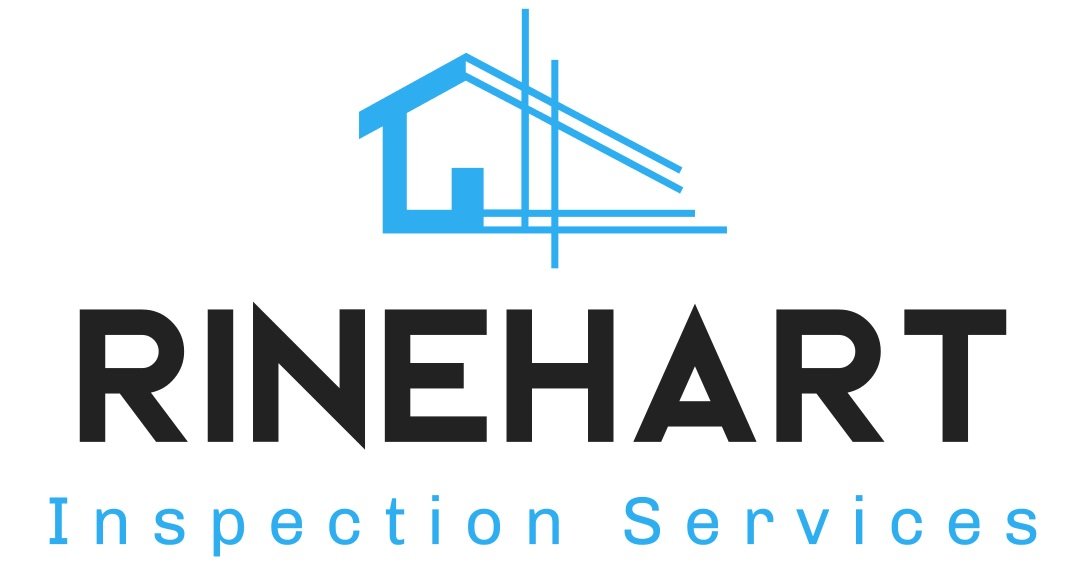FAQs
Use your browser’s FIND (Ctrl + F) or FIND ON PAGE feature to search this page
What, in all, will the inspection cover?
All inspections include a comprehensive verbal walkthrough. Areas of the home included in the Inspection (where present/allowed):
Attic
Insulation
Ventilation
Roof & Flashings
Gutters
Basement
Crawlspace
Foundation
Grading
Retaining Walls
Siding & Trim
Driveways & Walkways
Ceilings
Floors
Walls
Doors & Windows
Chimney & Fireplace
Major Appliances
Electrical System
Water Heater
Plumbing System
Air Conditioning System
Heating System
How long will the inspection take?
Most Inspections take about two hours. Times may vary depending on the size, age, components, & condition of the home.
Should I be present during the inspection?
We recommend that you be present at the site of the inspection, from start to finish, though we’ll accommodate if you can’t!
Why do I need an inspection?
The purchase of a home is one of the single most costly investments that a family will make. Along with the stresses of the process, there is also the big question of, “Will This Home Stand The Test of Time?” It is important to know what YOU, as the primary investor, are getting for your money. A home inspection is an excellent tool for the home buyer or home seller to help determine not only the condition of the home, but to also help foresee any additional costs that may come unexpectedly without the help of a home inspection. Home inspections are not a prediction of future performance, but they serve to pinpoint existing problem areas.
Why choose Rinehart Inspection Services?
As a local, military, woman & family-owned inspection company, we are unmatched in quality, customer service, speed, and satisfaction. With competitive pricing, on-demand scheduling, and meticulous inspection practices, we are very grateful to our customers for choosing Rinehart for your home inspection needs.
What if I have questions after my inspection?
You can contact us using your preferred method and discuss all the aspects of your home inspection. Our service is a long-term investment.
Do I need a sewer scope?
That’s a great question! Our answer is most often going to be NO, because the age or condition of the home typically will not warrant a sewer scope inspection. However, here are some of the conditions under which we may recommend it:
Older homes (built before 1995)
Previous sewer repairs or site disruptions
Slow draining plumbing or noticeable sewer odor
Large trees (large roots) in your yard - current or previous
Yard “sinkholes” or indentations
Lawn discoloration areas or patches of inconsistency
Insect, rodent, or mold infestations
Homeowners who need visual proof of piping conditions (investment assurance)
How can I prepare my home to be inspected?
We see a lot of common issues when it comes to home maintenance, and we’d like to help you avoid such obstacles, which can undermine, stall, or halt the sale of your home. When preparing to sell your home, here are some tips for the easiest ways to speed up the process and maximize the value of your home:
Clear away clutter - especially from major home appliances (water heater, furnace), attic, garage, crawlspace, electrical panel - any of the components that are a part of a thorough inspection.
Update your smoke detectors and carbon monoxide alarms. There should be one of the former in each bedroom and one of the latter on each floor of the home, and replace old batteries with a 10-year battery.
Service your furnace, air conditioning unit, and water heater.
Clean your gutters and make sure they are draining properly.
Ensure caulking is everywhere it should be - between your kitchen countertop & backsplash, between your sinks & counters, around your showers & bathtubs, and around the front & sides of the base of your toilets. On the exterior, don’t forget to caulk around windows & doors and penetrations & punctures (ex. where pipes meet house).
Clear any vegetation or wood from around the perimeter & base of your home.
Clean your vent registers - the ones in your floors and the ones on your ceilings. Replace your furnace filter, and dishwash your kitchen exhaust’s filters.
Secure all plumbing fixtures, hardware, and railings.
Remove birds & bees nests from your home’s overhangs.
And finally, sign your pre-inspection agreement!
